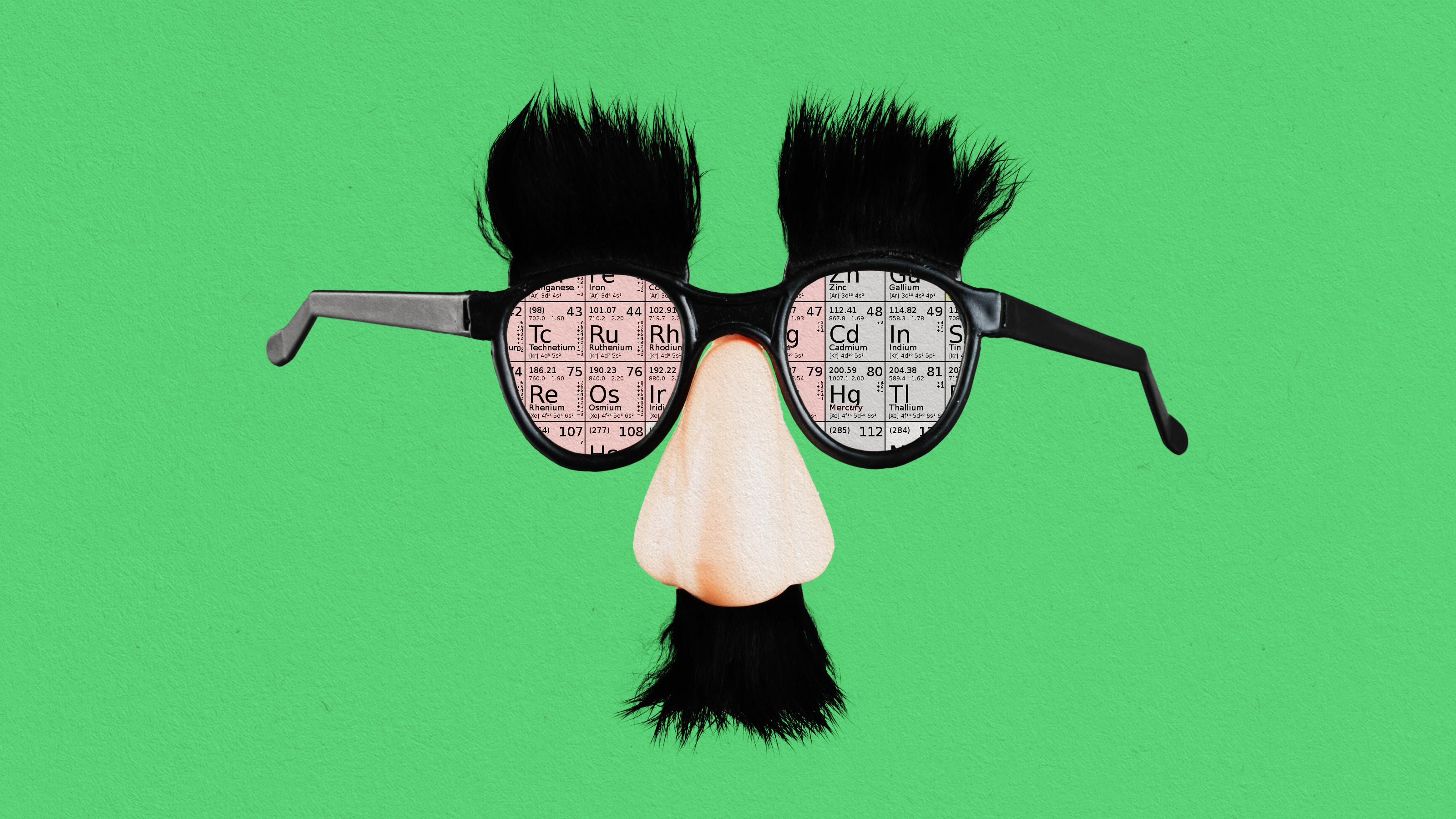News headlines always boast of scientific breakthroughs. Why do they rarely benefit us?

- Science news presents a stream of hot discoveries and technological advances that promise to change our lives.
- Occasionally they do, but more often than not, you never hear of them again.
- Understanding the purpose of research and how it relates to future applications can help you recognize misleading sci-fluff.
Science news can lack certain spices: Mostly no one is killed, scandals are generally rare, and there is relatively little in the way of politics or fighting. To liven things up, journalists often frame science stories in terms of a Promethean revolution. They promise that researchers are grasping some new technology that will sweep the world like fire. Yet, most of the time, you never hear from the revolutionary dingus again.
Why do we read so much about scientific advances, but rarely see a transformation in our daily lives? Because these advances have a long way to go before they can be used for anything practical — and they often fail along the way.
Breakthrough is just the beginning
The application of technology is the final tangible product. It’s the thing you hold in your hands or that runs in your home. Designers and engineers craft these applications by harnessing industrial processes — engineering is, after all, the art of creating efficient and practical products within the bounds of known science.
One of the jobs of scientific research, therefore, is to conquer new territories of knowledge and expand the bounds within which the engineer works. Basic research attempts to divine new concepts about nature, while applied research builds a bridge between basic research and engineering. It distills general ideas to specific ones, maps out the new scientific territory, and finds the limits required by the engineer.
For example, let’s suppose that basic science researchers discover the exotic jubjub. They calculated that it could exist, made one scrap of it, and measured it for one microsecond before it exploded. Applied researchers now spend years investigating jubjub more carefully. They synthesize a stable version, create models of its behavior, and finally produce one impractical prototype — the jubjub battery. Finally, engineers use those models and the prototype to design an economically viable jubjub battery.
Fifteen years later, you might buy a luxury car powered by it. More likely, at one of those waypoints, progress stalled, and the jubjub battery was thrown on the scrap heap.
An application fixation
When scientists consider which direction to take their research, they examine past work (often their own), identify existing problems or questions, and then design experiments to solve those problems and answer those questions. While potential applications are mentioned, they are not the main focus. The goal of basic research is to establish a foundation for future work rather than produce a final product.
If things stopped there, there wouldn’t be a problem. But they don’t stop there. If a research result seems interesting — or, more likely, an institution’s public relations team churns out a press release with an eye-catching headline — then science journalists get a whiff of the news. Unfortunately, journalists often have neither the time nor the capability to properly explain the technical nitty-gritty of a scientific field and how the new research fits within it. Instead, they are looking for a story that grabs the attention of the reader.
There is nothing inherently wrong with that, but it incentivizes poor reporting. Because journalists want something interesting, they hone in on the applications that might change your life. Now, what was of secondary concern to scientists is of utmost concern to journalists. But this is putting the cart before the horse.
The R&D disclaimer
To address these failures in science reporting, I propose that you keep the research and development (R&D) disclaimer firmly in mind. When you read about a scientific result, never assume that the application is solved. The research is almost always a marginal step forward, not a breakthrough. Breakthroughs are vanishingly rare. And even if the breakthrough is legitimate, a series of giant further steps are required for it to affect your life. Most likely, you will never hear of it again because the breakthrough ended up being proven wrong by subsequent research or the applications were too difficult.





![a photo of a [dog breed] on a pink background.](https://develop.bigthink.com/wp-content/uploads/2022/04/dog2.jpg?w=640&h=360&crop=1)